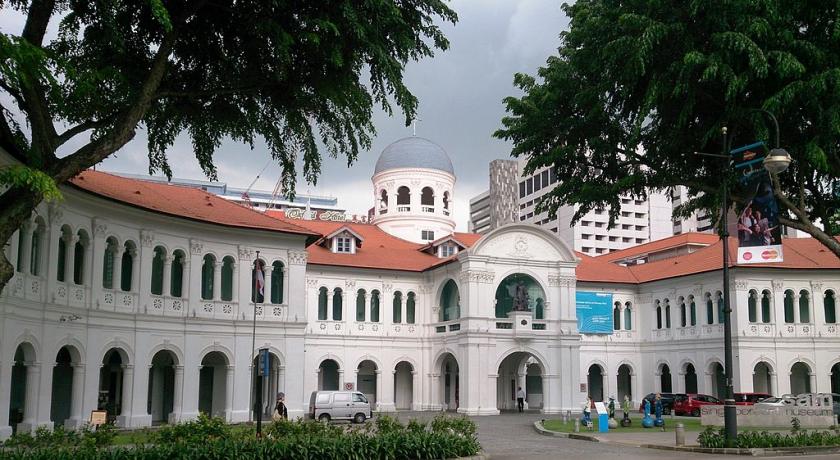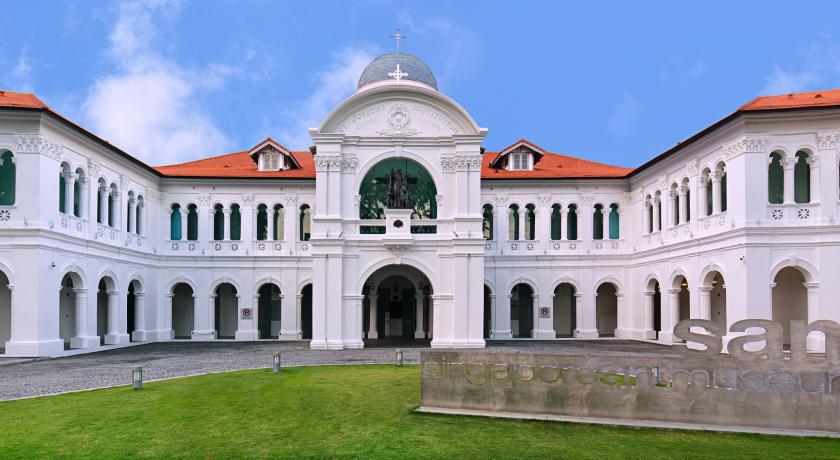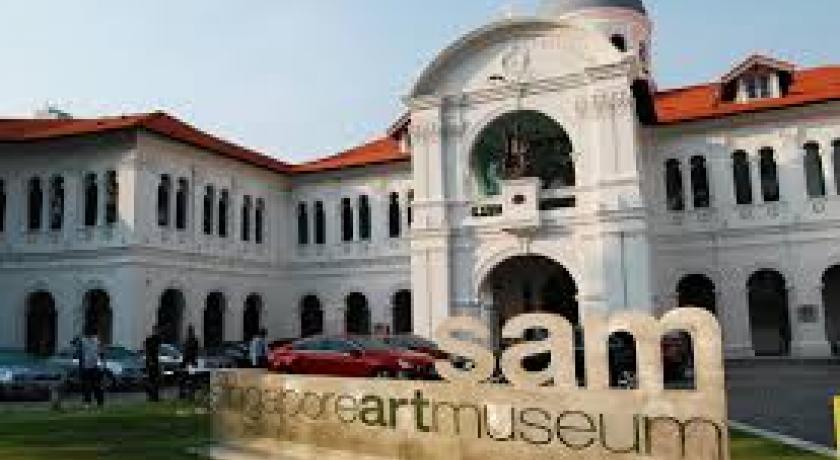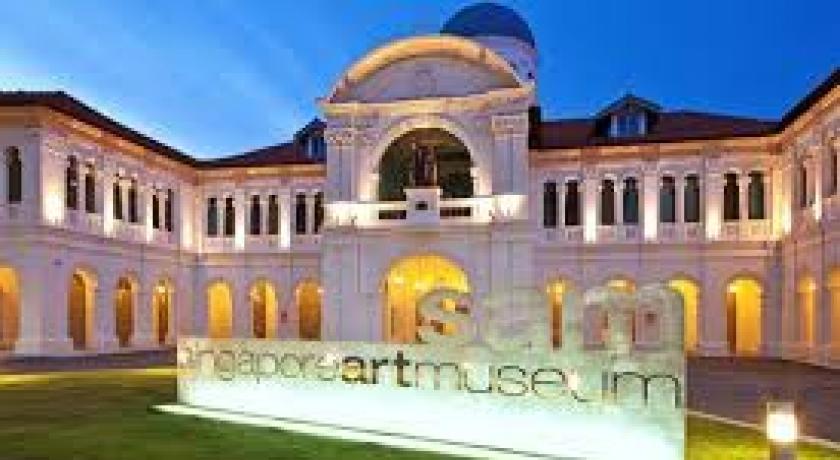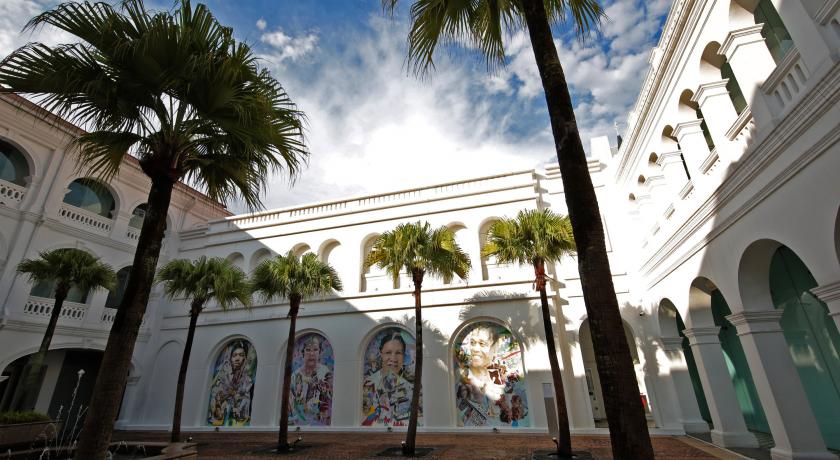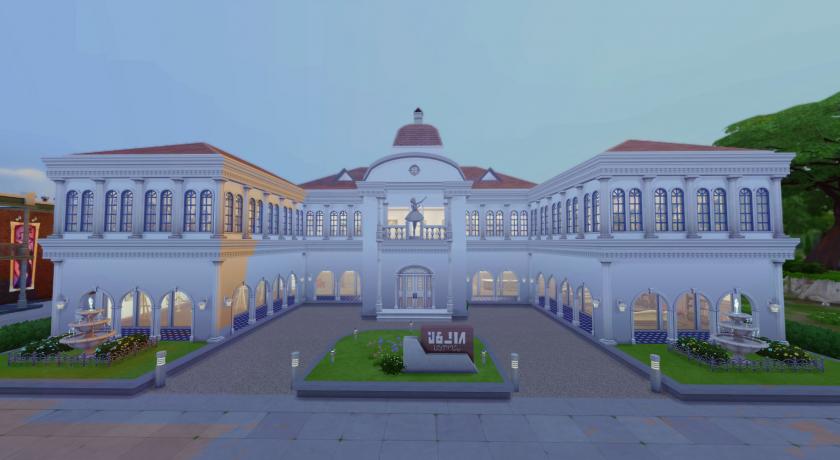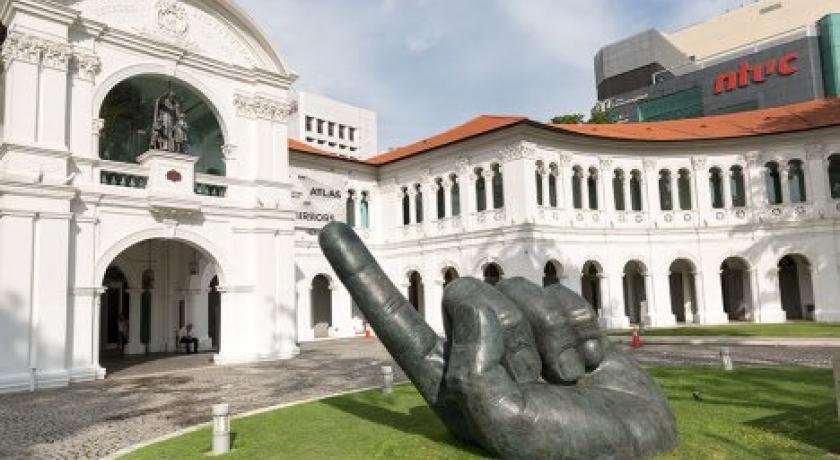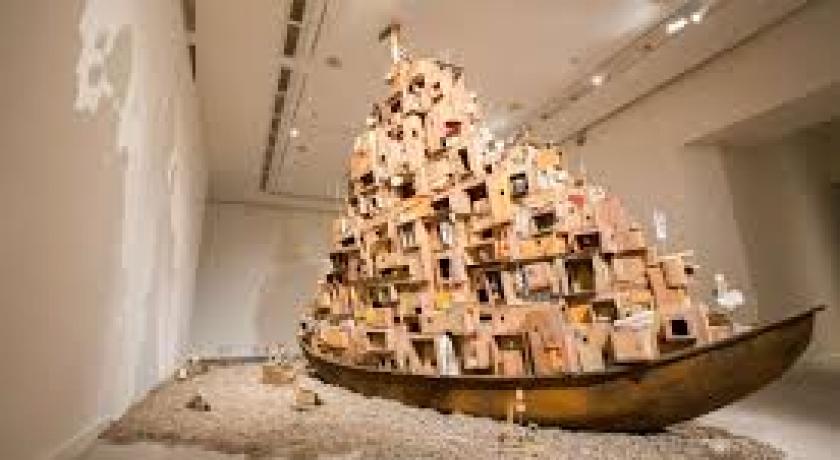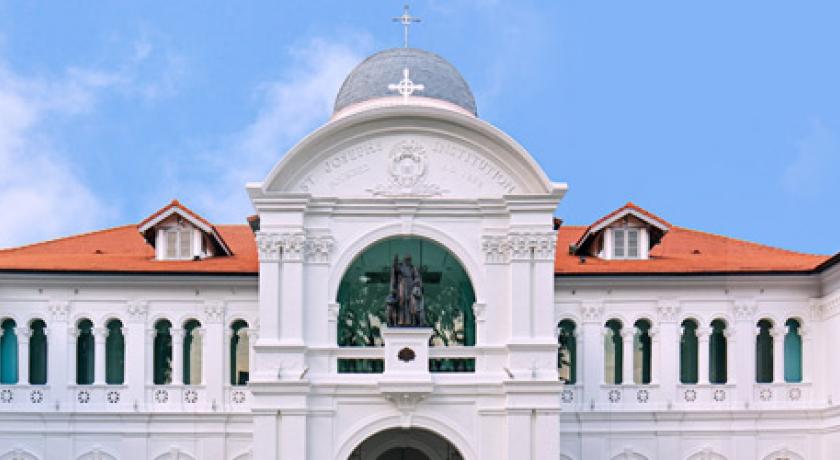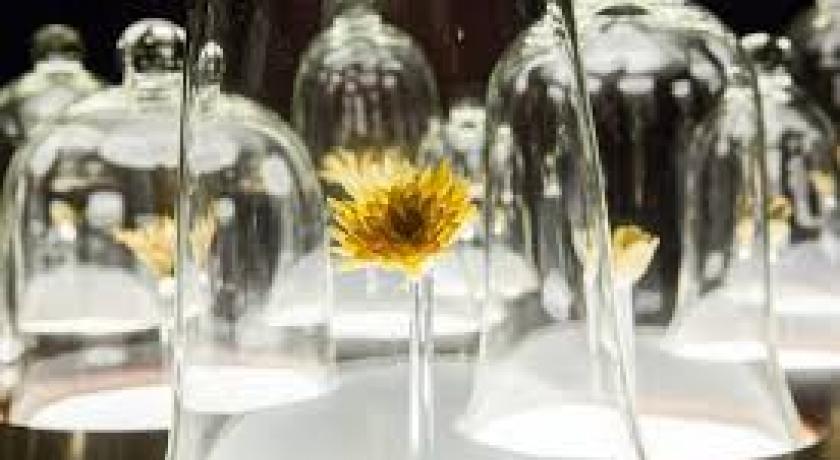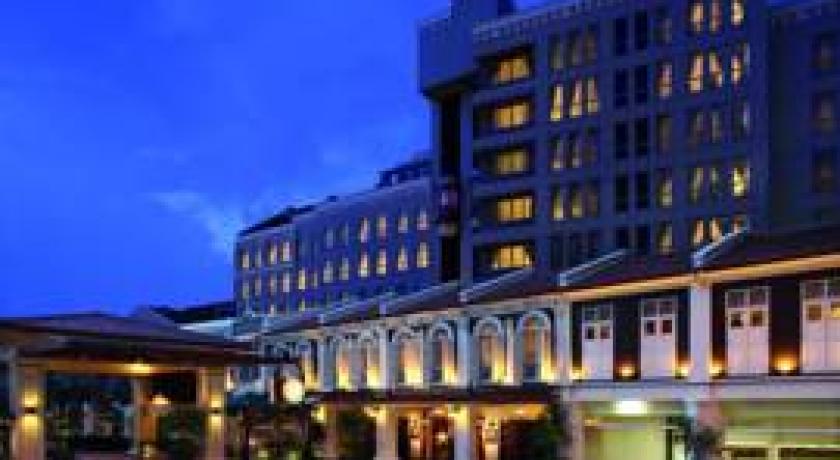Description
The Singapore Art Museum (Abbreviation: SAM) is a contemporary art museum focusing on art practices in Singapore, Southeast Asia and Asia.
Housed in a restored 19th century mission school, it opened its doors in 1996 as the first art museum in Singapore.
SAM has built one of the world's most important public collections of Southeast Asian contemporary artworks, with a growing component in international contemporary art. Drawing from its collection, the museum collaborates with international contemporary art museums to co-curate and present contemporary art exhibitions. Visitors can extend their SAM experience through complementary and exhibition-related education and public programmes such as tours, talks, workshops, special Curator and Artist tours, as well as downloadable activity sheets. Contemporary art of the region is also given international exposure through SAM's travelling exhibitions and collection loans.
SAM was the organiser of the Singapore Biennale in 2011 and 2013.
History
Officially opened on 20 January 1996, it is one of the first art museums with international standard museum facilities and programmes in Southeast Asia.
The museum, then known as a fine art museum, was born out of a project by the National Museum to set up a five-museum precinct in the city. The other four museums that make up the precinct are known as the Singapore History Museum, Asian Civilisations Museum, People's Museum and the Children's Museum.[4] The Fine Arts Museum project began with the restoration of the former St. Joseph's Institution building. At the same time, the appointment of artist and surgeon Dr Earl Lu to head an 11-member Fine Arts Museum Board was announced on July 18, 1992, by the Minister of State (Information and the Arts and Education) Dr Ker Sin Tze. The 11-strong Board was tasked to acquire works of art by notable painters from Southeast Asia and East Asia, and by upcoming potential artists from these regions, for the benefit of the visual arts heritage of Singaporeans in centuries to come. Low Chuck Tiew, a retired banker and prominent art collector, served as museum adviser, along with Mrs Shirley Loo-Lim, Deputy Director of the National Museum of Singapore as vice-Chairman of the Board. Dr Geh Min, Dr Ho Kok Hoe, Mr Lee Seng Tee, Dr Arthur Lim, T. K. Sabapathy, Sarkasi Said, Sum Yoke Kit, Wee Chwee Heng, Singapore Polytechnic alumni, and Dr Yap-Whang Whee Yong formed the rest of the Museum Board.
The restoration work on the then 140-year-old national monument took more than two years and a cost of S$30 million. It first opened its doors to the public as the Singapore Art Museum on October 20, 1995. Its first art installation is a S$90,000 7-m-high Swarovski crystal chandelier at the Museum main entrance, which weighs 325 kilograms and took over three months to make. The Museum was officially opened by then-Prime Minister of Singapore, Mr Goh Chok Tong on January 20, 1996. In his opening speech he envisioned the new museum, along with the other four museums in the Arts and Heritage District and the Arts Centre, aiding Singapore in reprising its historic role as a centre of entrepot trade for the arts, culture, civilisation and ideas to the people in the Asian region and the rest of the world.
In 2013, SAM corporatised, becoming an independent company limited by guarantee. Today, SAM focuses on international contemporary art practices, specialising in Singapore and Southeast Asia. Its vision is to be pivotal among contemporary art museums in the region and on the region, inspiring humane and better futures. Through contemporary art, SAM makes infinite room for everyone to think, feel, experience and imagine.
Location and amenities
Situated in the heart of Singapore’s arts and culture district, SAM is located alongside Singapore’s major performing arts and visual arts institutions: such as the Nanyang Academy of Fine Arts, LASALLE College of the Arts, the Stamford Arts Centre, the Selegie Arts Centre, Singapore Calligraphy Centre, YMS Arts Centre, Dance Ensemble Singapore and Action Theatre as well as the School of the Arts: an institution that offers an integrated arts and academic curriculum for youths aged 13 to 18 years of age.
SAM, which includes its annexe 8Q SAM on 8 Queen Street, is focused on curating and exhibiting SAM's permanent collection of contemporary art, as well as newly commissioned contemporary artworks from Singapore, Southeast Asia and beyond.
SAM is accessible by major public transportation systems such as the public buses, MRT and cab services. SAM is a 2-minute walk from Bras Basah MRT Station, and a 10-minute walk from Bugis, Dhoby Ghaut or City Hall MRT stations.
Collections
SAM’s approach is to present works curated from the Permanent Collection alongside changing exhibitions, to offer a well-rounded aesthetic experience of Asian contemporary art. From 2001, the museum began acquiring works and accepting donations from around the region, including regional contemporary artists like Cheo Chai Hiang, Dinh Q Le, Natee Utarit, Nge Lay, Suzann Victor and Titarubi.
The museum also regularly partners with other leading art institutions to co-curate and produce exhibitions, such as the collaboration with Deutsche Bank and the Yokohama Museum of Art for Still Moving: A Triple Bill on the Image; Tokyo's Museum of Contemporary Art for Trans-Cool TOKYO (highlighting works by Japanese artists such as Yayoi Kusama and Yasumasa Morimura); and Video, An Art, A History with the Pompidou Center (Bill Viola, Jean-Luc Godard, Bruce Nauman).
The museum organizes regularly contemporary art exhibitions and events. It has for example invited twice the French artist Stéphane Blanquet to present installations. Once for the Night Lights festival in 2012, with "Distorted Forest" and once for Art Gardens in 2013, with "Glossy Dreams in Depths".
Source https://en.wikipedia.org/wiki/Singapore_Art_Museum
Address
Singapore
Singapore
Lat: 1.297307253 - Lng: 103.851058960


